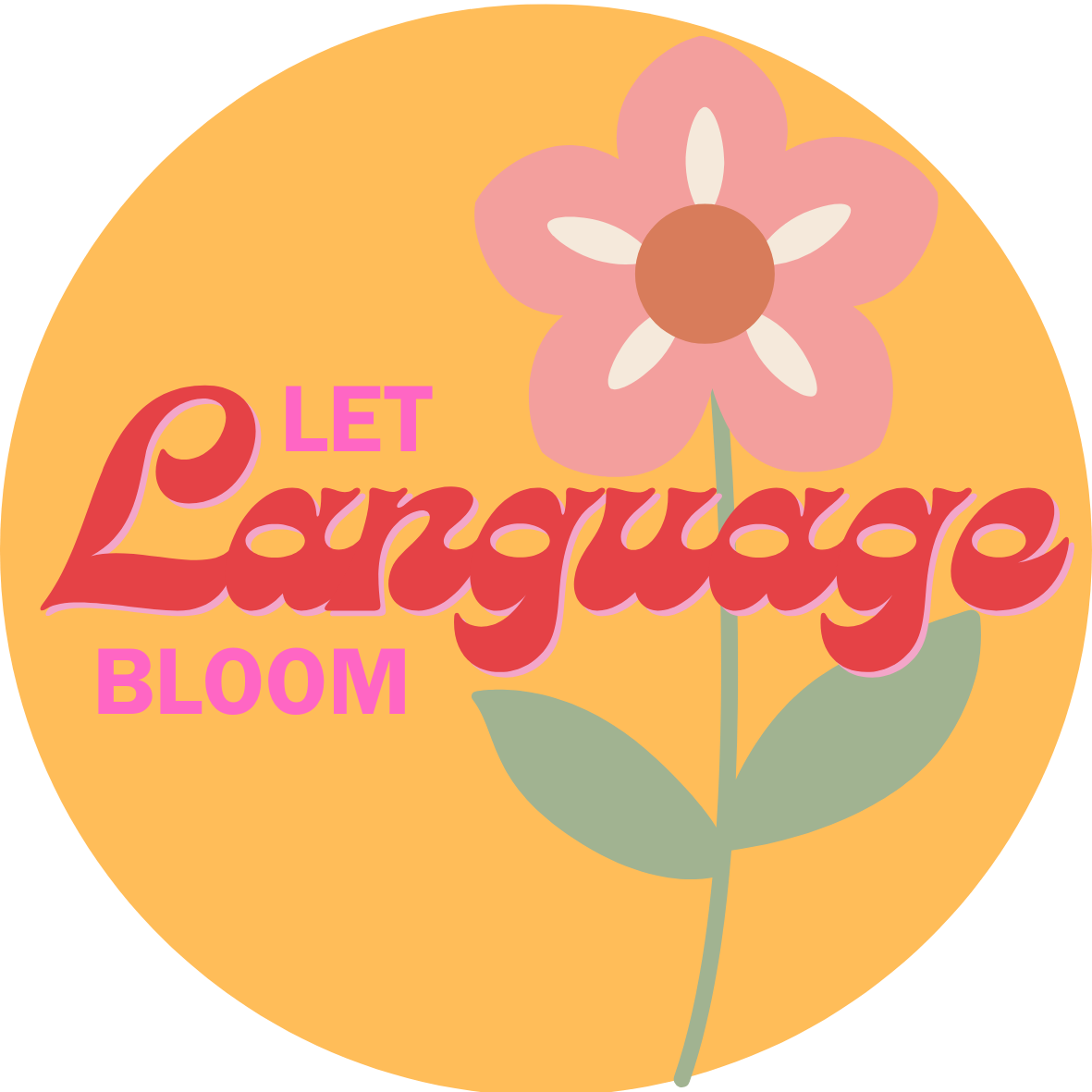Now offering private tutoring services!
Teaching Philosophy
Teaching a second language holds a profound significance for me on a personal level. My commitment to effectively imparting a second language stems from my own journey of acquiring proficiency in a new language. Having navigated the challenges of learning and adapting to a different culture, as well as mastering communication with those who spoke a language foreign to my own, I recognize the unique position many students find themselves in.
Acknowledging the intricacies of this experience, I consider it my foremost responsibility to address the emotional needs of my students. As Horwitz (2007) aptly points out, "second language learning is so much more ego-involving than other fields of study." Therefore, I prioritize fostering a supportive environment that allows students to navigate this intricate process with confidence and resilience.
In this endeavor, I emphasize the importance of evolving alongside my students, understanding their individual journeys, and respecting their first language and cultural background. By doing so, I aim to create a learning space that not only facilitates language acquisition but also nurtures a sense of identity and belonging for each student.
Empathy Driven
My background as a young immigrant equips me with a profound understanding and the patience required not only to empathize with these students but also to convey syntactic and grammatical rules in a simplified manner, contextualizing them. Moreover, I tailor my instruction to meet their needs, employing an eclectic mix of teaching methods and approaches to accommodate diverse learning styles in alignment with the course or program objectives. However, my primary motivation lies in aiding foreign students and immigrants in learning English within a comfortable yet challenging environment. Thus, my teaching philosophy is deeply rooted in the socio-cultural approach and task-based methodology, all geared towards fostering optimal communicative competence and confidence in speaking.
Responsive Teaching
Every Culturally and Linguistically Diverse (CLD) teacher must recognize the inherently social nature of language; it serves as the prism through which our students perceive their new reality. To foster their evolution into adept and contributive members of society, proficiency in communication becomes paramount. As educators, our role involves providing opportunities for language practice within diverse groups, where participants may possess varying levels of language mastery. Our instructional approach should encompass furnishing comprehensible input that both challenges and nurtures active engagement.
For Multilinguals, linguistic advancement hinges on the wealth of shared experiences with others (John-Steiner & Mahn, 1996). Consequently, my objective is to bridge the conceptual divide between a learner's present developmental stage, gauged by their existing grasp of the L2, and their potential level. This is achieved by devising group tasks that offer incremental challenges. The provision of guidance or scaffolding stands as a fundamental aspect of my teaching philosophy. Leveraging contemporary mediums like blogs, podcasts, music, visual arts, Twitter accounts, and various news outlets, I aim to immerse students in dynamic and pertinent social dialogues. This approach not only captivates their interest but also acquaints them with the intricacies of the English language and its associated culture.
Culture Focused
As a CLD teacher, my aim is not only to facilitate acculturation but also to instill in students an awareness of the vital role their cultural roots play in the classroom. Students who possess a robust sense of ethnic and cultural identity experience lower anxiety levels and forge more profound connections with their peers. Consequently, these students exhibit heightened emotional well-being, thereby increasing their likelihood of academic success. Profound comprehension of diverse acculturation experiences, such as assimilation or rejection, enables early issue detection and empowers me to provide more effective support to the students.
Assessing Authentically
Today’s public school classrooms are increasingly becoming more culturally and linguistically diverse. Standardized testing fails to address these differences within them. Hence, testing students academically with content that is not relatable is, on some level, quite challenging and not at all efficient; the tests become invalid. One of the main constituents in solving this issue is content validity. Including content that is relevant to the population of students that are being taught is by far the most important thing a teacher can do to ensure authentic outcomes that are conducive to improved lesson plans.










